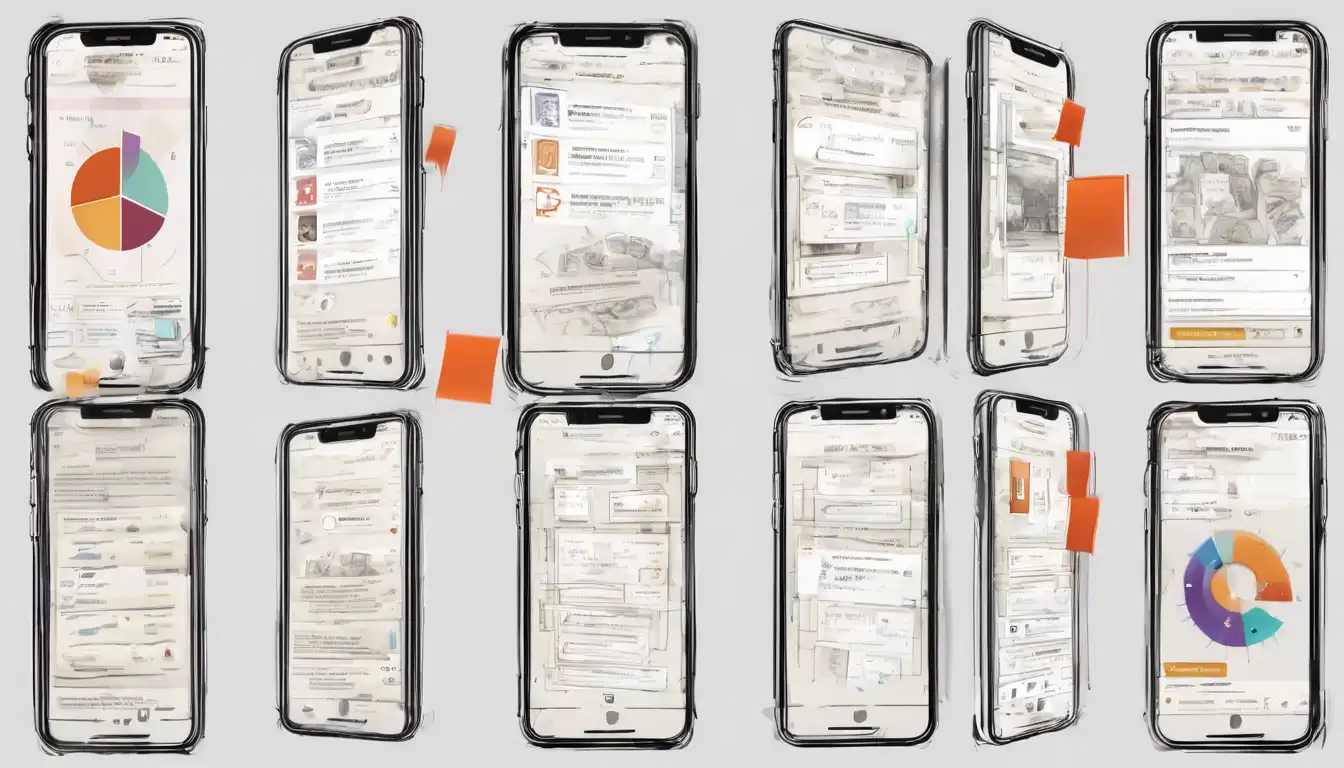Introduction to Mobile App Success
In today's digital age, building a successful mobile app requires more than just a great idea. It involves meticulous planning, understanding your audience, and executing a strategy that covers development, marketing, and monetization. This guide will walk you through the essential steps to create a mobile app that stands out in the crowded app marketplace.
Understanding Your Target Audience
Before diving into development, it's crucial to identify and understand your target audience. Conduct market research to gather insights into their preferences, behaviors, and the problems they face that your app can solve. This foundational step ensures your app meets real user needs, increasing its chances of success.
Planning Your Mobile App
With a clear understanding of your audience, the next step is to plan your app's features, design, and user experience. Create a detailed roadmap that outlines the development process, including milestones and deadlines. Prioritize features that offer the most value to your users, and consider starting with a minimum viable product (MVP) to test your concept.
Choosing the Right Development Approach
Decide whether to develop a native, hybrid, or web app based on your target audience and budget. Native apps offer the best performance and user experience but require separate development for iOS and Android. Hybrid and web apps can be more cost-effective but may compromise on performance.
Designing for User Experience
A well-designed app is intuitive, visually appealing, and easy to navigate. Focus on creating a seamless user experience (UX) that keeps users engaged. Pay attention to the app's layout, color scheme, and typography to ensure it aligns with your brand and appeals to your target audience.
Developing Your Mobile App
Choose the right development team or platform to bring your app to life. Whether you're hiring developers or using a DIY app builder, ensure the team has the expertise to deliver a high-quality product. Regularly test the app during development to identify and fix bugs early.
Testing and Quality Assurance
Before launch, conduct thorough testing to ensure your app is bug-free and performs well across all devices and operating systems. Gather feedback from beta testers to make necessary adjustments and improve the user experience.
Launching Your App
Prepare a launch strategy that includes app store optimization (ASO), marketing campaigns, and outreach to potential users. A successful launch can significantly impact your app's visibility and downloads. Consider leveraging social media, email marketing, and press releases to generate buzz.
Monetizing Your App
Explore different monetization strategies such as in-app purchases, subscriptions, or ads to generate revenue from your app. Choose a model that aligns with your app's purpose and provides value to your users without compromising their experience.
Maintaining and Updating Your App
Post-launch, continuously monitor your app's performance and user feedback. Regular updates and new features can keep users engaged and attract new ones. Stay ahead of the competition by adapting to changing user needs and technological advancements.
Conclusion
Building a successful mobile app is a challenging but rewarding journey. By following these steps and focusing on delivering value to your users, you can increase your app's chances of success in the competitive app market. Remember, the key to a winning mobile app lies in understanding your audience, meticulous planning, and continuous improvement.
